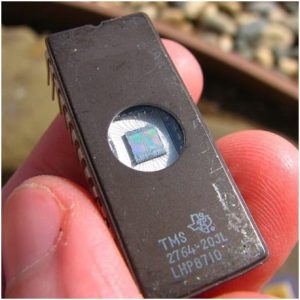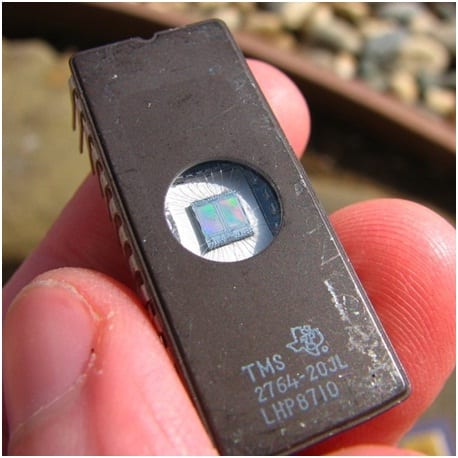 At least for the case of electrochemical transistors, the answer really depends on the gate electrode. Xavier Crispin and his research team have shown that the type of electronic conduction observed in electrochemical transistors is highly dependent upon the capacitance of the device gate electrode. This breakthrough has important implications for the design of electrochemical transistors for such applications as displays, sensors, and energy storage, where subtle changes to the electrical properties of these devices can have important practical consequences.
At least for the case of electrochemical transistors, the answer really depends on the gate electrode. Xavier Crispin and his research team have shown that the type of electronic conduction observed in electrochemical transistors is highly dependent upon the capacitance of the device gate electrode. This breakthrough has important implications for the design of electrochemical transistors for such applications as displays, sensors, and energy storage, where subtle changes to the electrical properties of these devices can have important practical consequences.
Professor Crispin’s team used a conventional gold metal electrode to function as the low-capacitance electrode, and a network of carbon nanotubes (CNT) with high surface area was used to function as the electrode of high capacitance for comparison. For the same operating conditions, the device made using the CNT electrode produced a drain current of 2000 times that in the device with the gold electrode. The mechanism governing this dramatic difference in behavior originates because the gate electrode and the conductive polymer making up the channel of the transistor lie in series, and therefore the electrical charge on the electrode surface must be compensated by ionization of the conductive polymer in order for charge neutrality to be maintained. For a low electrode capacitance, the magnitude of this charge is low and the ionization only proceeds a short distance into the polymer resulting in 2-dimensional sheet-like conduction as in a typical field effect transistor. However, the magnitude of charge is much higher in the case of a high-capacitance electrode leading to ionization in the bulk of the polymer and 3-dimensional transport, with behavior more typical of an electrochemical cell.
In the realm of fundamental research, this study also has significant implications for the characterization of such transistor devices as they are being developed. As a part of the characterization process, it is common practice to apply a mathematical model to transistor devices in order to extract important device parameters, such as the carrier mobility of the channel layer, which is a measure of the speed of electron or hole transport in the device. If the device is not modeled properly, for instance if it is treated as a transistor when it is behaving more as an electrochemical cell, this can lead to erroneous or overstated research results. This recent study from Professor Crispin and his team will help researchers prevent such misinterpretations as they work develop these important technologies.

















